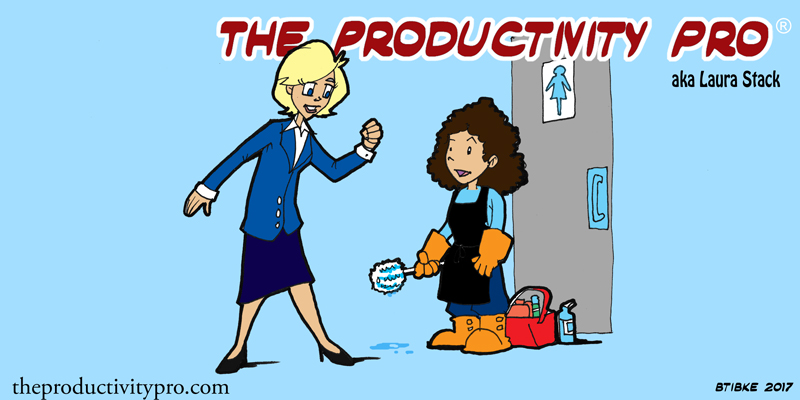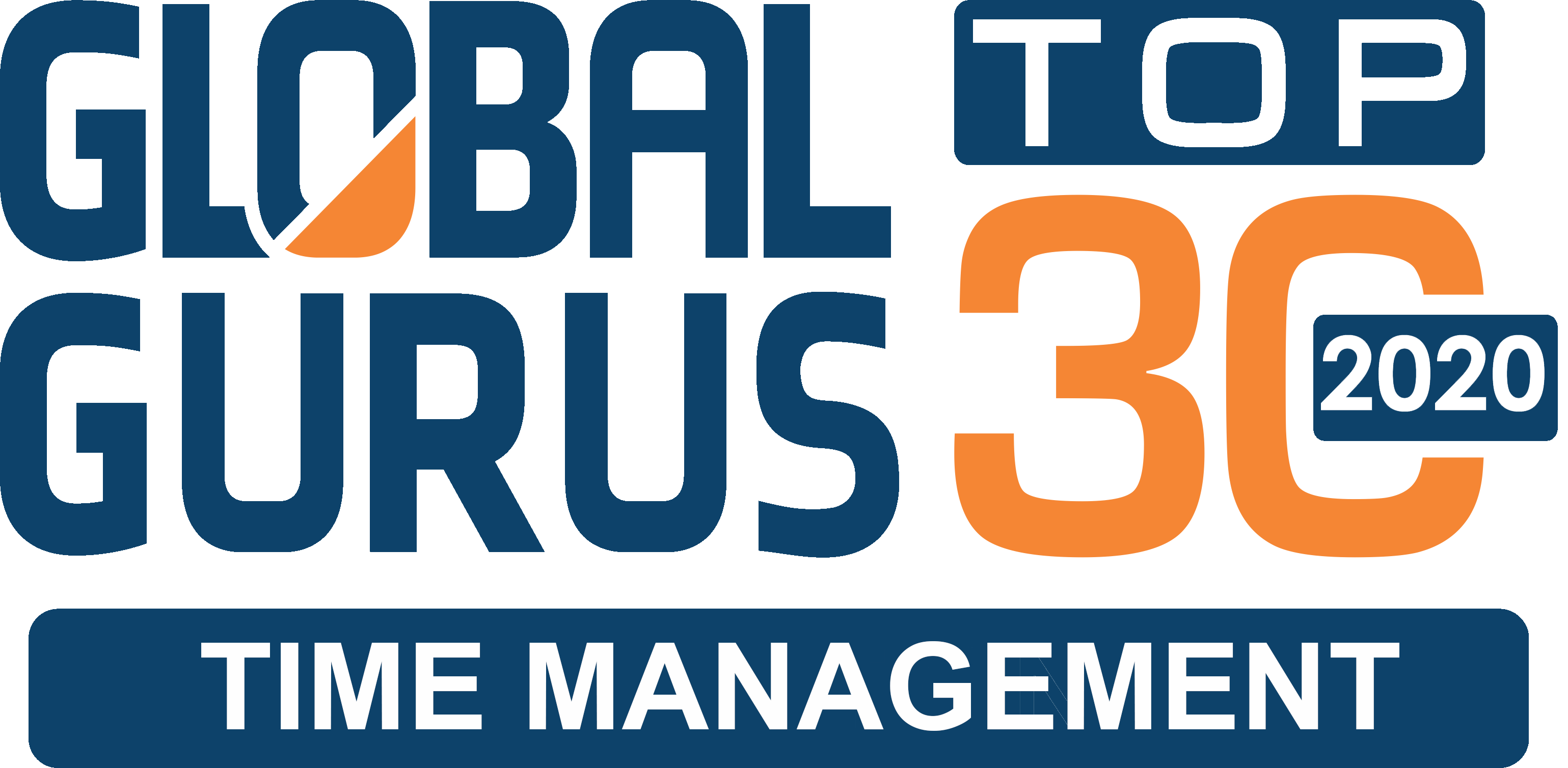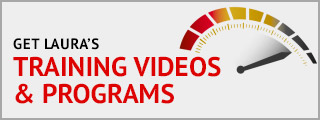
“The standard growth theory tells us that economic growth in per capita basis comes from mainly two sources: capital deepening and total factor productivity growth, or TFP growth.” —Toshihiko Fukui, Japanese civil servant.
If you work in customer service, administration, human resources, or IT, you might sometimes wonder how your work contributes to the organization’s bottom line. After all, you don’t actively bring in income, so does it really matter whether you maximize your productivity?
Of course, it does! Support jobs are crucial to a business’s survival. Just because your job doesn’t generate revenue doesn’t mean you don’t move the organization forward. Every report efficiently produced, every product documented, every brilliant mind hired and retained—it all contributes to the bottom line.
Sadly, though, it may not show up in the productivity figures so prominently featured in newscasts.
Pundits are constantly wringing their hands about falling productivity—but American productivity goes up almost every year. It just isn’t going up as much as most economists would like. This is partly because they fail to consider a great deal of non-obvious productive work, dismissing it under the “catchall” category of Total Factor Productivity, or TFP—productivity growth not explained by increases in capital or labor input.
Some economists claim world TFP growth has slowed drastically since WWII. But others say TFP gains have accounted for about half of all U.S. productivity growth since the 1880s. Still, TFP doesn’t necessarily reflect all productivity beyond standard outputs. Here’s why:
-
Economists know they can’t effectively measure TFP. Economists view TFP as a residual—what’s left over after they use standard indexing techniques inapplicable to non-linear or hidden productivity. That’s why Charles R. Hulton once defined it as “a measure of our ignorance, with ample scope for measurement error.” Some productivity gains just “disappear” because economists ignore them, or use measures that don’t really apply.
-
Information technology (IT) is still transforming business. There’s little doubt our shift to an information- and service-based economy is still in process. Recently, the ease with which IT has allowed us to communicate, share resources, deliver products, and support our businesses over vast distances has revolutionized productivity in many jobs—but it’s poorly accounted for by standard economic measures. Plus, we’re still learning, as a culture, how to use the associated flood of information without overwhelming ourselves. Once all it melds as seamlessly into our culture as automation, assembly lines, and electricity, recognition of IT’s contributions will rise. However, we may also evolve into a looser, more networked business culture as a result, where individuals and small groups able to link in from anywhere replace centralized workplaces. This may negatively affect TFP measures predicated on specific location, despite notable productivity increases.
-
It ignores “free.” These days, computer memory has become so cheap that many online companies offer free levels of basic service. This lets us get quite a bit done for no more cost than our time—so by using services like Google Drive, Evernote, and the Cloud, our productivity can skyrocket. But TFP doesn’t often take these improvements into account, possibly because they cost nothing to exploit. Nor do they directly profit the companies offering them; that comes when they make large “back-end” and peripheral sales.
- It fails to account for some pretty big things, too. Don’t expect everything you and your organization do, no matter how it will increase your future productivity, to count when the government measures productivity growth. Some rather significant inputs you’d think would be included in TFP rarely or never are. Estimates of management and workforce quality, economies of scale, and energy don’t make it. Public infrastructure is seen more as a cost than as an input that will help whole populations increase productivity for years to come. Think of the continental highway system and the railroads before it, which set the stage for increased productivity for decades thereafter.
The Calf’s Tail
Abe Lincoln once told a story about the time someone asked a boy, “If you call a calf’s tail a leg, then how many legs does a calf have?” The boy answered, “Five,” whereupon the asker pointed out that calling a tail a leg doesn’t make it one. To some extent, Total Factor Productivity suffers from Calf’s Tail Syndrome. It mis-measures some types of productivity and misses others. Economists don’t really understand it. They fail to consider many productivity investments, trends, and technological effects. So just because your type of work doesn’t show up in the productivity charts doesn’t mean it’s not valuable. If there’s one thing we know, if your work wasn’t valuable, you wouldn’t have a job.
About Laura Stack, your next keynote speaker:
© 2019 Laura Stack. Laura Stack, MBA, CSP, CPAE is an award-winning keynote speaker, bestselling author, and noted authority on employee and team productivity. She is the president of The Productivity Pro, Inc., a company dedicated to helping leaders increase workplace performance in high-stress environments. Stack has authored eight books, including FASTER TOGETHER: Accelerating Your Team’s Productivity (Berrett-Koehler 2018). She is a past president of the National Speakers Association, and a member of its exclusive Speaker Hall of Fame (with fewer than 175 members worldwide). Stack’s clients include Cisco Systems, Wal-Mart, and Bank of America, and she has been featured on the CBS Early Show and CNN, and in the New York Times. To have Laura Stack speak at an upcoming meeting or event, call 303-471-7401 or contact us online.
Here’s what others are saying:
“What I enjoyed most about your presentation was that it was not only engaging but also practical in application. I’ve read everything from Covey’s system to “Getting Things Done,” and you presented time management in a way that is the easiest I’ve seen to digest and apply. Thank you for helping our system today!”
—John-Reed McDonald, SVP, Field Operations, Pridestaff
“Laura is an incredible speaker who takes practical information to improve productivity and efficiency and makes it interesting and fun! She has a great sense of humor and completely engaged our corporate and sales team. Laura motivated everyone to take steps to make their lives more productive and efficient.
—Molly Johnson, Vice President Domestic Sales, Episciences, Inc.
“Ms. Laura Stack’s program received the highest scores in the 13-year history of the Institute for Management Studies (IMS) in Cleveland! From the 83 participants, the workshop received a perfect 7.0 for “Effectiveness of the Speaker” and 6.8 for “Value of the Content.” Managers especially valued learning about task management, how to minimize interruptions, organizing with Outlook, prioritizing, effectively saying ‘no,’ how to set boundaries, and recognizing self-imposed challenges to time management.”
—Don Gorning, Chair, Institute for Management Studies Cleveland


